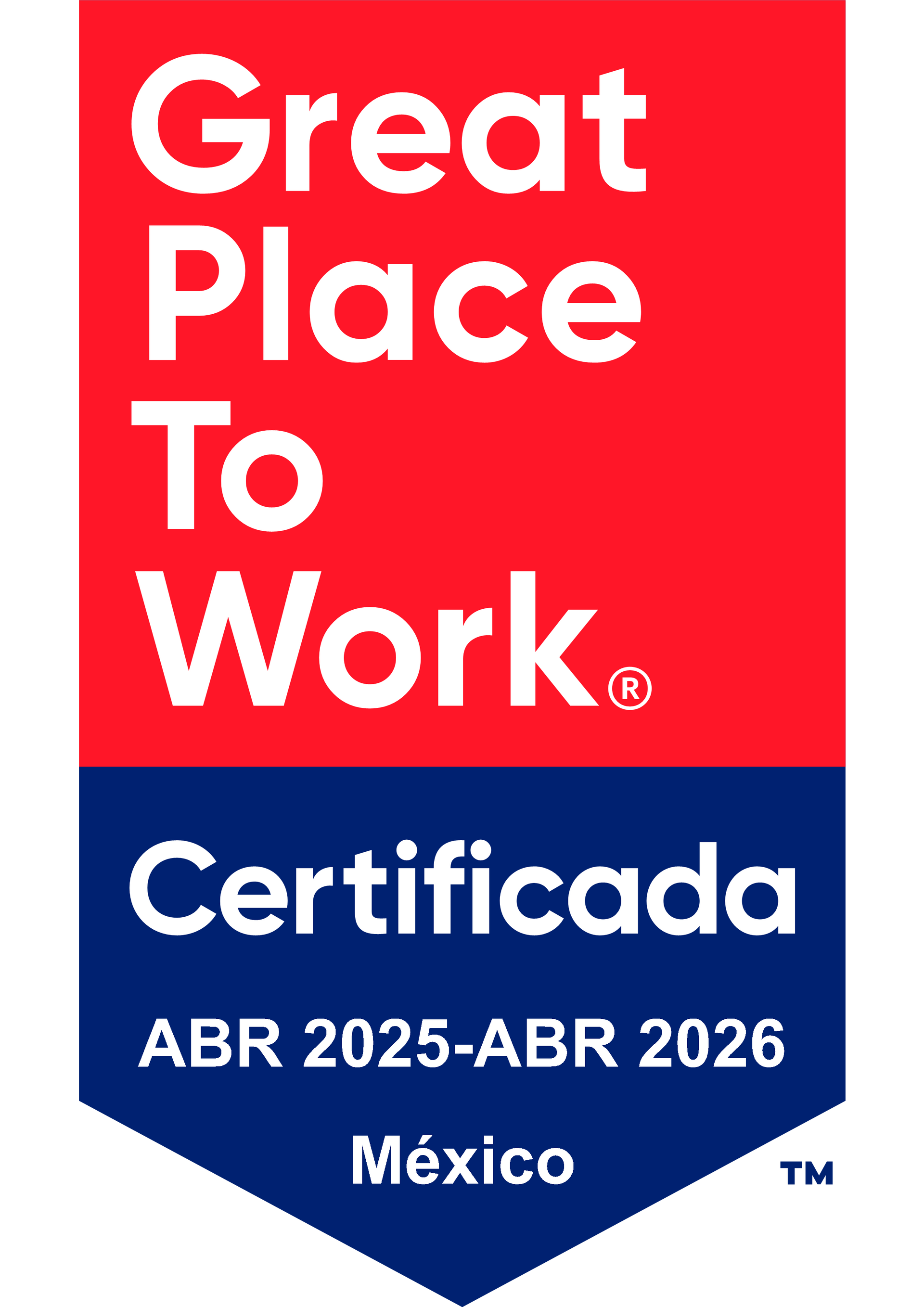The Economics of High Turnover
No company wants to be known as the “churn and burn” company. While people joining and leaving companies isn’t new, the culture that we find ourselves in has drastically increased the turnover rates of most companies. So now more than ever, the real challenge that every organization faces is ensuring employees remain working effectively and productively. There are many reasons why someone would leave an organization and some are largely unavoidable. But the operational hassle of finding and hiring someone else and the extra workload and responsibilities for the rest of the team is something that every company must be prepared for.
What are the negative impacts of a high turnover rate?
The impact of a high employee turnover rate goes beyond operational inconveniences, which can result in low employee morale. This may come from overworked employees who have increased their workloads and responsibilities due to a lack of workforce. New employees may suffer too, as they struggle to learn new job duties and procedures that are not within their job scope.
As this cycle keeps on going, this may result in the company having a more difficult time attracting and keeping high-quality talent. Companies can develop a reputation as a churn and burn type of business, making it harder still to find quality people. Hiring and training new employees is a costly proposition and include more than just direct monetary cost. It also has a direct impact on the company’s revenue and profitability.
In order to get a full picture of the total cost of employee turnover, organizations must examine both the direct and indirect costs necessary to fill the vacant position(s). While some factors may be obvious, others are often overlooked. Here is a list of factors that should be considered in the total cost of employee turnover within your organization:
1. Cost of time with the vacant role- While the position is unfilled, the cost of overtime rates for existing employees and for part-timers to fulfill the tasks needs to be reviewed. Organizations will have to pay for their effort in staying and working longer hours to complete a task. Doing so, it’ll increase the level of their productivity, but they also need to ensure that employees are not being overworked and burned out.
2. Cost to fill the vacant position- There are many individual costs incurred during the hiring process; it includes advertising costs, recruiter’s salary costs, third-party recruiter fees, sign-on bonuses, and employee referral fees. This search process also includes assessments, testing, background checks, and the cost of all time spent by employees involved during the interviewing process.
3. Onboarding cost- This includes the cost of the time of the hiring workforce to onboard a new hire. It consists of all the equipment set up and working hours involved in helping a new hire successfully transition into an organization like tools, orientation, training resources, and time investment from HR, the hiring manager, and IT.
4. Training cost- These are the training materials, resources, facilities that will be used (if applicable), training fees and staff prepped for training a new hire.
5. Customer frustration- If the work turnover was not properly executed, this can damage customer loyalty and prevent them from coming back. Every business protects its loyal and existing clients as they are the company’s biggest asset. A high turnover rate has a huge impact on the satisfaction of existing clients as they have established a certain set of standards and trust with the previous employee and they’ll need to rebuild that relationship again.
6. Loss of institutional knowledge- When the experienced employees leave the company it becomes more difficult to preserve and transfer institutional knowledge. This causes inefficiency and leaves the new employees unequipped on how to do their jobs properly. New hires might also take time to finish their tasks that can harm the company’s productivity.
7. New employee mistakes- As the new person is still adjusting to their new environment and job responsibilities, making mistakes is unavoidable. However, it may seem like a tiny error, but this could disrupt the business operation and value. Simple mistakes could include, sending an email to the wrong person, not meeting the project deadline, and misinterpreting the tasks which can result in business inefficiency.
This list could go on but imagine hiring 10 new employees every year and having to consider all these costs.
Let’s take a look at this business example:
A company with 50 employees and a 20% annualized employee turnover rate (10 resignations per year).
The full-time adult’s average weekly total earnings according to the Bureau of Labor Statistics (BLS)Â in the first quarter of 2022 was $1,037. When we add an additional 30% to this wage for the cost of employee benefits, this sums up to $1,348 per week.
Assuming the turnover cost to be a year’s total remuneration for each employee, the total annual cost of turnover for this example business is $1,348 x 52 weeks x 10 employees = $700,960.00 per year.
As the example shown above, it’s better to invest a little in employee’s training and recognition and break down the main causes of a high turnover rate. This would save the example business almost $500,000 per year, less the costs of implementing the new strategy rather than hiring a new ones.
What could be the main causes of a high turnover rate?
There are many factors to consider what could be the main causes of this type of situation. One of the most common is compensation. If the employee is being paid too little, this will result in a high turnover rate. However, if they are being over-compensated, and it still does happen, this would suggest factors such as a lack of career advancement opportunities and good company culture. Opportunities for growth and development are essential to retaining good employees. If employees feel trapped in a never-ending cycle, they are most likely to look towards different companies for the chance to improve their status and income. Another factor to consider is the unrecognized hard work and contributions of an employee which could lead them to start looking elsewhere to have these needs met.
Of course, all of this cannot be blamed on the organization alone. Even if they are providing all the good opportunities and career growth, organizations might still find themselves in this kind of situation; that’s when the hiring process and strategy needs to be evaluated. Finding the perfect employee can be difficult; even if they are desperate to fill that position; picking a poorly matched employee will not benefit the organization.
Are there ways to reduce a high turnover rate?
An organization can start by having the managers talk about what’s really going on and what drives the employees to leave the company. They may conduct surveys, set up team or one-on-one meetings, and even coaching sessions.
Often times we hear, “Invest in your employees.”
So what does this really mean?
Invest in your employees
Employees want to know that they are a valued part of an organization. Being recognized for their hard work is also one of the keys to keeping them happy and motivated. They also play a big part on the company’s success, so investing in their happiness at work is vital for the business without giving out an expensive raise to retain them. Providing appropriate and well-considered feedback will help employees reflect on their performance, acknowledge their areas for improvement, and develop their skills. Lastly, having a good work-life balance. Encouraging the employees to take their full lunch break, and ensuring their workload is manageable enough so that they will not think that they are forced to have long working hours.
On a final note, a high employee turnover rate has a big impact on both employees and the organization. It’s crucial to know what drives the high turnover in an organization but what’s more important is that it is being addressed and someone is doing something about it to improve the organization’s culture.














